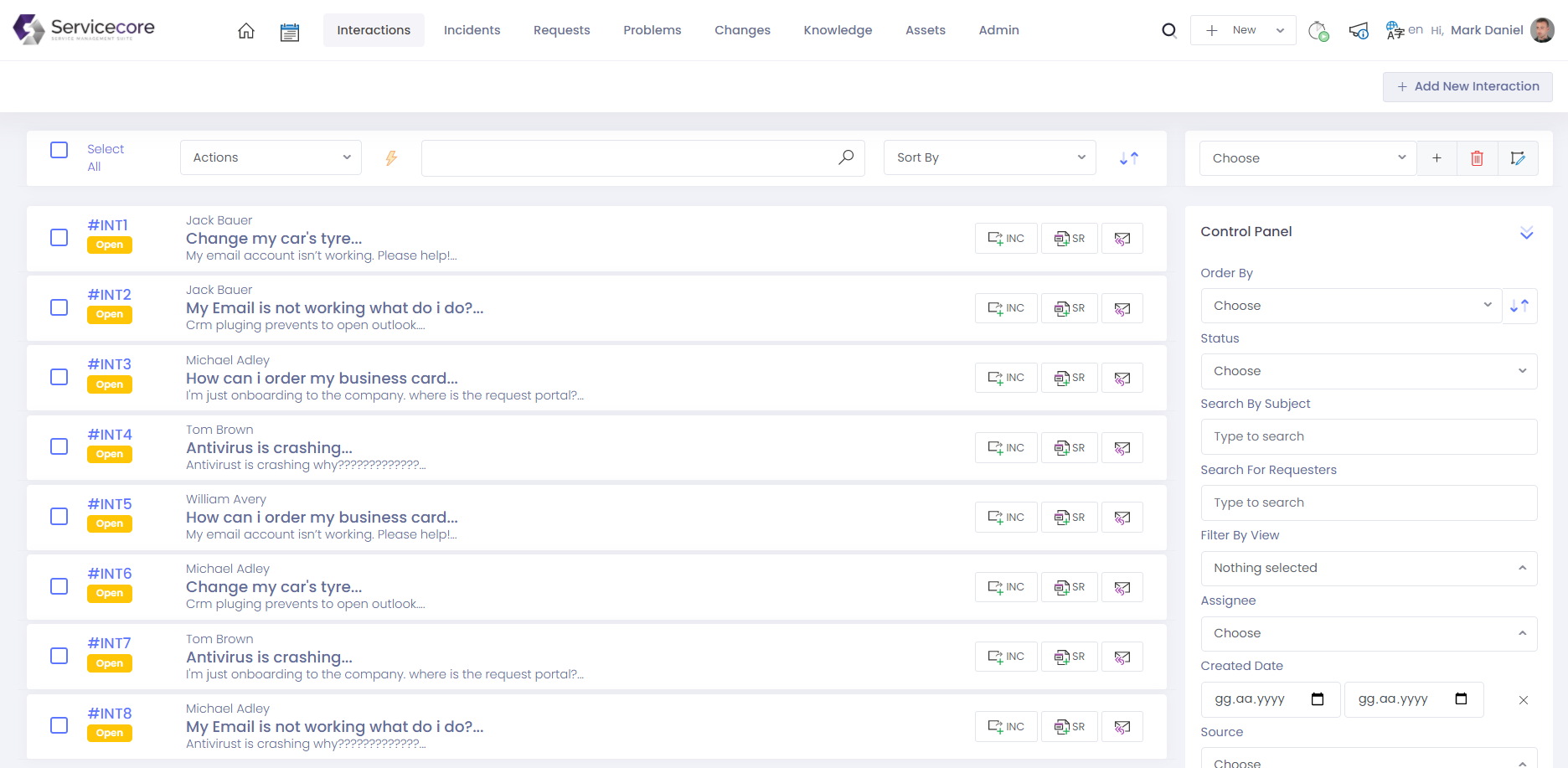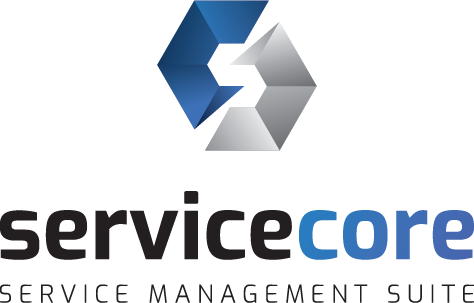The purpose of problem management practice is to reduce the probability and impact of problems. Managing workarounds and known errors by determining the real and probable causes of events.
ServiceCore Problem Management module has three steps designed in full compliance with ITIL4.
The first stage, problem definition, is also divided into two;
1. reactive problem identification is aimed at investigating the cause of events after events occur
2. proactive problem identification is an approach to identify and record problems before events occur.
While the first type of problems can be done automatically by linking from the event management module, the second type of problems can be opened automatically from the relevant module manually or by integrating with system monitoring tools.
At this stage, the problems were quickly recorded. Thanks to the preliminary information coming from the integration with the Interaction and Incident modules, the prioritization and classification processes have been completed, and the second stage, the Problem control, can be switched quickly for these records.
The problem control phase focuses on the analysis of the problems, and in the ServiceCore Problem Management module, the cause and symptoms (symptoms) of the problem are recorded during the analysis phase.
At this stage, the configuration and CI information required for analysis can be accessed and examined through the integrated asset module.
The asset and configuration information needed for problem analysis are provided ready-to-use in ServiceCore Asset and ServiceCore CMDB modules. When problems are analyzed, they are assigned a "known fault" status. At this point, the problem can be recorded as a known error.

In the third stage, error control studies will be started to be recorded in the Problem Management module. When a problem is analyzed, it must be checked. Support can be obtained from all internal and external sources by using task management and conversation engine for error control. In addition, this module, which is integrated with the Knowledge Management module, allows searching both internal and external information sources for temporary or permanent recording of solutions.
All correspondence and assignments to be made for active solution research can be carried out online in a single recording environment with the tools on the module. All findings and all solution alternatives are recorded in the integrated solution tab. Change records can also be opened automatically from the Problem Management module in order to solve the problem and to implement the solutions when necessary. In this way, it can be traced retrospectively how the value stream develops from the Interaction and Incident modules for change management practice.
Thanks to the innovative (ATS®) Auto Time Spent feature, the time spent on a problem record can be calculated automatically.
ServiceCore Time Engine, another original ServiceCore development (STE®), automates the time calculation and timesheet entries of active tasks and job logs. All the necessary innovations for the comfortable working of technical personnel have been developed by service management experts and technical teams for this purpose.
Another innovation that enables technicians to collaborate easily is that problem records can be shared between technicians and users. In this way, all information about the same event record can be shared by both technical teams and users. On the other hand, thanks to the automatic mail fetcher (automatic e-mail parser) of all correspondence (AMF®), confusion was avoided by listing all the meetings with both technical team, user and external stakeholders in the “Conversations” section.
The technical team does not need to meet with the user and external support institutions via e-mail, and a historical knowledge is provided that enables new technicians to work on an incident record quickly.
The Record Control Panel (RCP®) has been developed to increase the control over the recording. Continuous and very fast updates can be made from a single panel. In this way, the time spent on event records has been reduced. "Pinning" and "Tracking" features have been developed for fast tracking and easy filtering. It is aimed to be easy to use by pinning and tracking for priority works.
The relationship between assets and configuration, which is one of the important issues in problem records, is also made available to technicians in the problem management panel. Thanks to active asset matching, it is possible to see all the assets related to the problem on a single screen and to make transactions.
In the ServiceCore Problem Management module, active effort management can also be followed by keeping the work logs of all the work done. With the History tracking feature, where all transactions are followed, all activities can be traced backwards.
